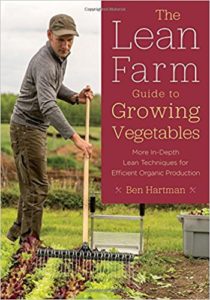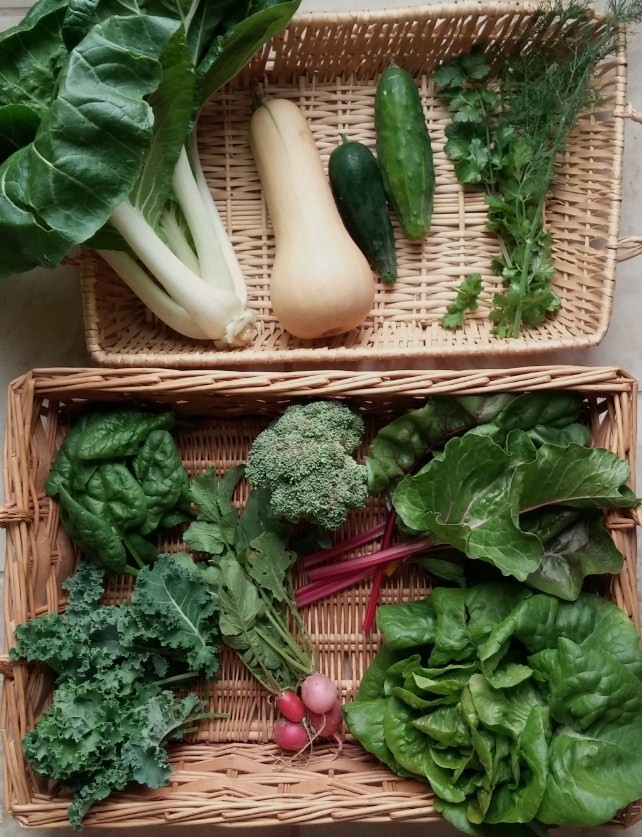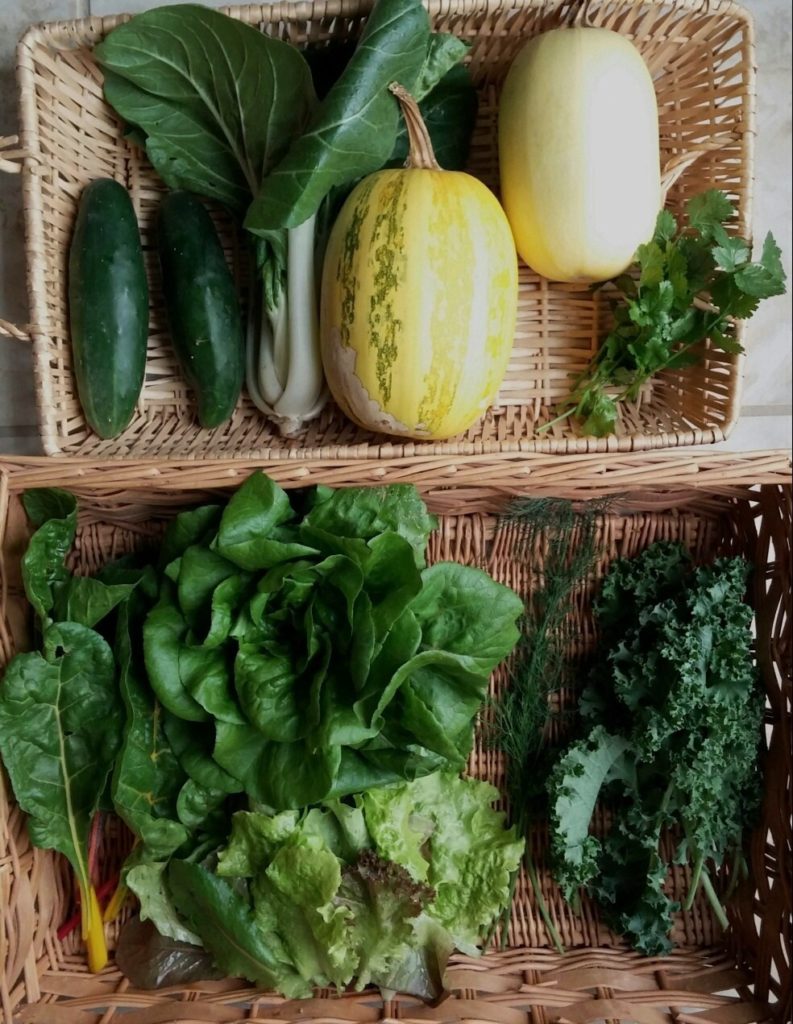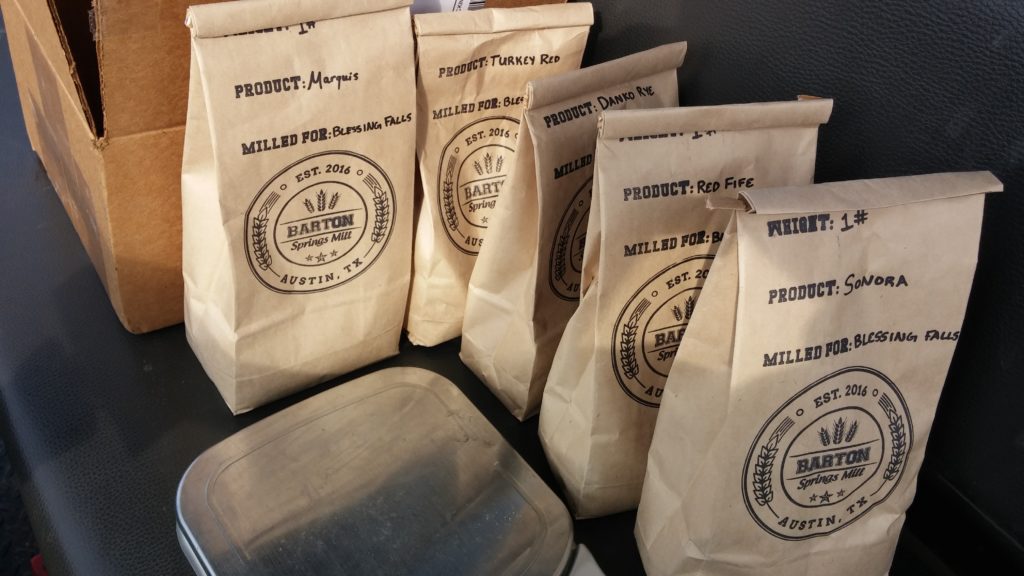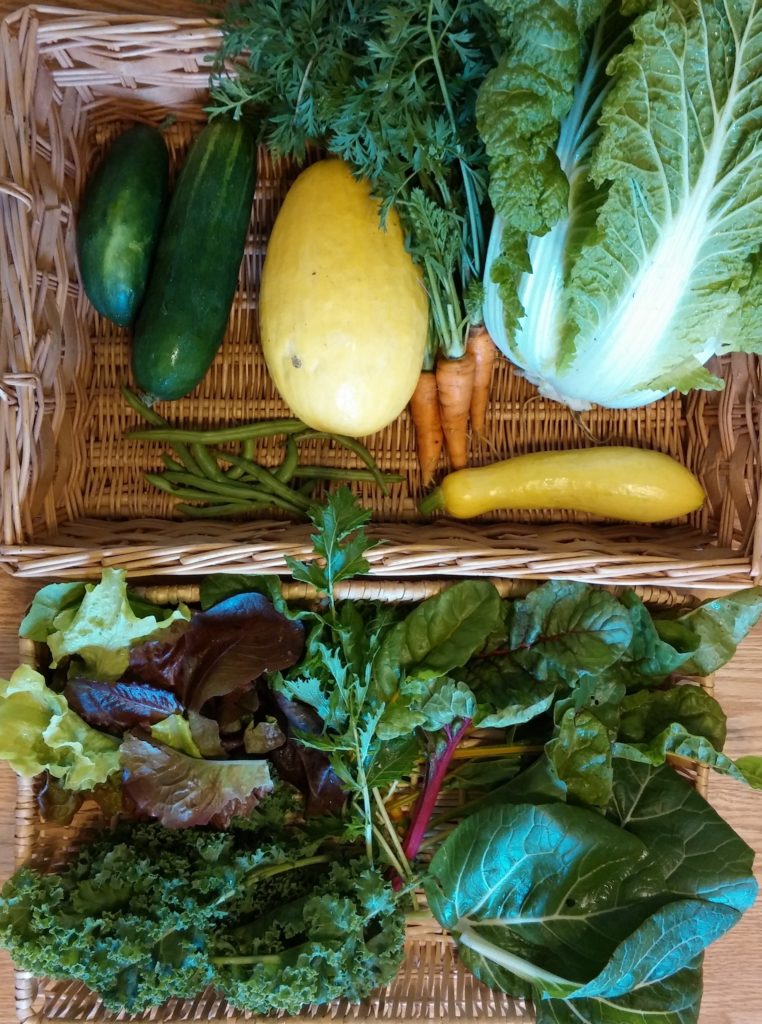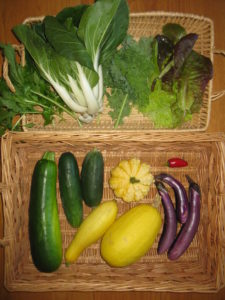We’re experimenting with heritage grain plantings. We have 4 different wheats (Turkey Red, Marquis, Sonora, Red Fife) and 1 rye (Danko) from Barton Springs Mill in Austin. We’re planting in two different field conditions and will monitor the growth, insect pressure, and harvest amounts to see what would be the best grain and what conditions are required for growing heritage grains annually on our farm.
On November 7, we planted in our normal vegetable garden area and in the field. Most were sown and tilled in. We planted one section in rows to simulate how a grain drill might plant the wheat.
All sections were fertilized with cottonseed meal and soft rock phosphate. Cottonseed meal was applied at a rate of 250 lbs/acre which amounted to 2 cups for each of our rows. The rows were all 35 feet long and 4 feet wide for 140 square feet total.. Soft rock phosphate was applied at 140 lbs/acre which is about 10 ounces (by volume) on our rows. The cottonseed meal is a natural source of nitrogen. Our fields and pastures also have a healthy amount of burr medic, a clover-like legume which will fix nitrogen in the soil naturally. Soft rock phosphate is a natural source of calcium and phosphorus. The garden soil was tested in September and pH was found to be 6.8. No major mineral deficiencies or imbalances were found. The field area was garden area about 3 years ago and was amended/balanced at the time. It has not been recently tested but is expected to be similar to the tested garden area, as all were amended at the same time.
For the plantings in our prepared garden, we applied fertilizers, sowed seed and tilled to mix it in. For most rows we used a tilling depth setting of ‘3’. For one row of Turkey Red wehat we tilled at ‘2’ (which is deeper than 3) and for another row of Turkey Red we tilled at ‘4’ (more shallow than 3). For plantings in the field, we tilled the area twice – one lengthwise and the other at a 90 degree angle. We then applied fertilizer and sowed the seed and tilled a third time to mix it all in. All these tillings were at the deepest possible setting, which was ‘2’ – any deeper and the tiller would bind.
All seeding rates were 1/2 pound per row which works out to 150 lbs/acre. The ground was moist from rain a week ago. No water was applied after planting but we’re expecting rain tomorrow.
Grain Planting Layout Field/Garden - November 2017
| Turkey Red Wheat |
| Danko Rye |
| Marquis Wheat |
| Sonora Wheat |
| Red Fife Wheat |
| Turkey Red Wheat |
| ---------------------- |
| Turkey Red Wheat |
| Danko Rye |
| Marquis Wheat |
| Sonora Wheat |
| Red Fife Wheat |
For the part of the garden that will not be planted until spring, we sowed oats as a cover crop. No fertilizers were applied in this area.
Here’s a look at the planting. We’ll post updates as the growth progresses.
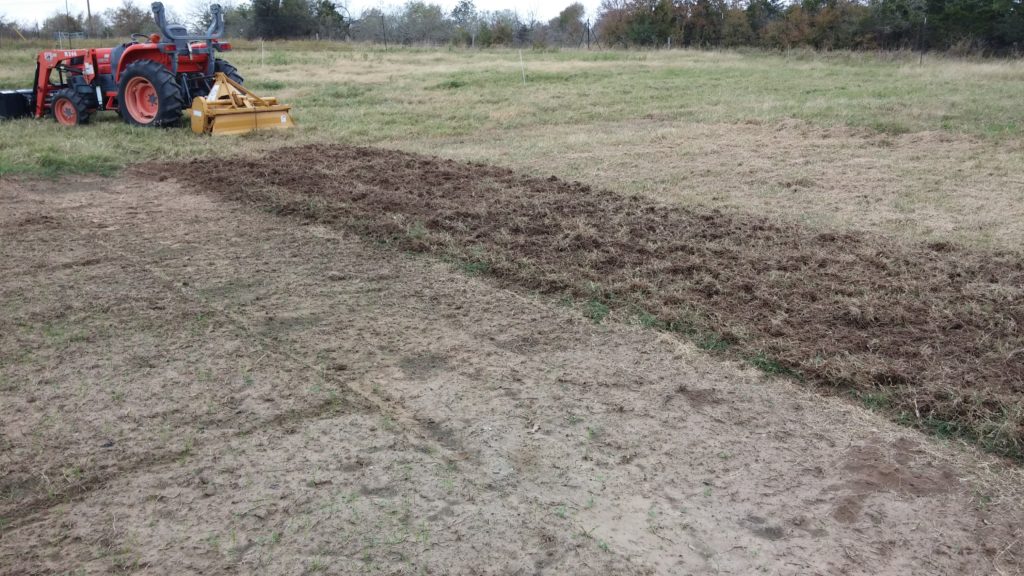
First tilling of open field, next to normal garden area (at left)
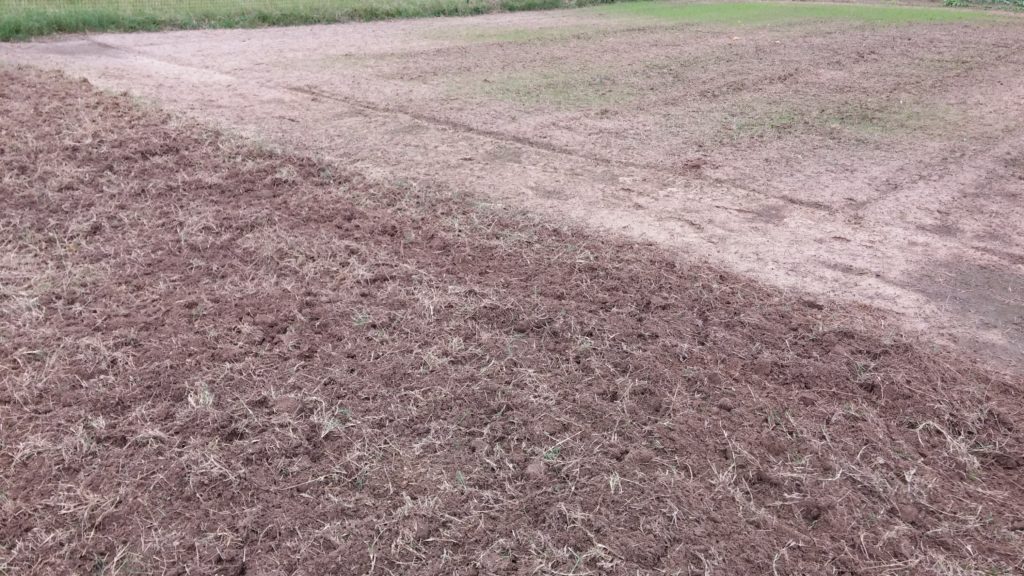
First field tilling complete, adjacent to garden area
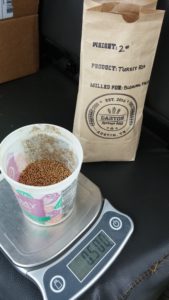
Weighing seeds for planting
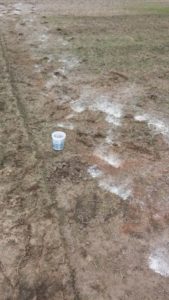
Fertilizer for first row – cottonseed meal and soft rock phosphate
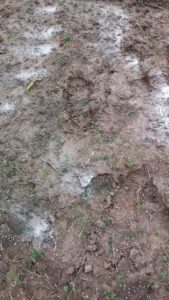
Seed sown/broadcast, ready to till (click photo to see detail)
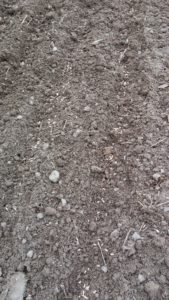
Seeds planted in the row, ready to cover
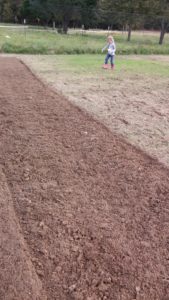
Final row of grain planting in garden, sowing oats for cover crop on the rest
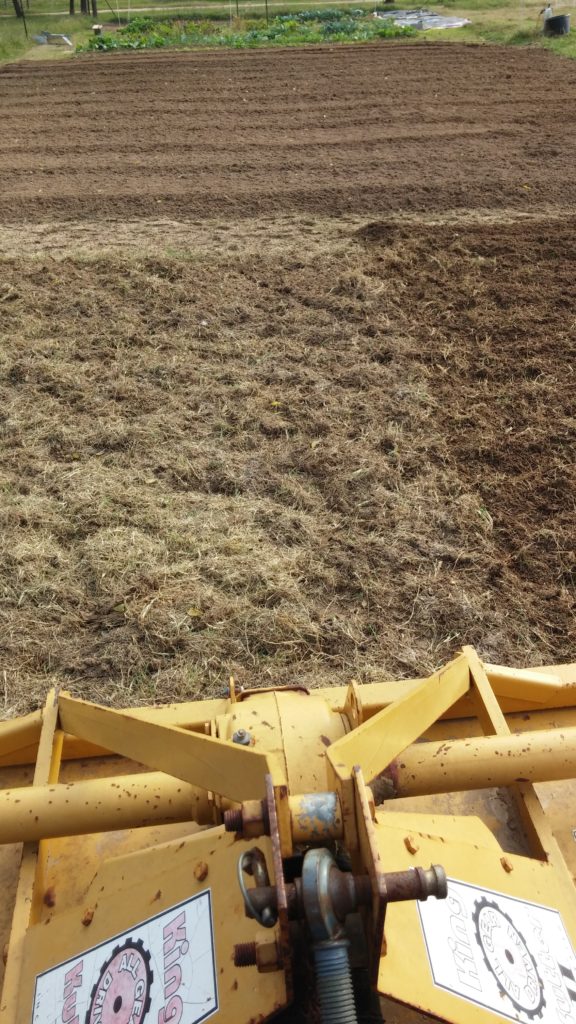
Second tilling on field section (finished on right), crossways from first tilling. Planted garden area visible at top
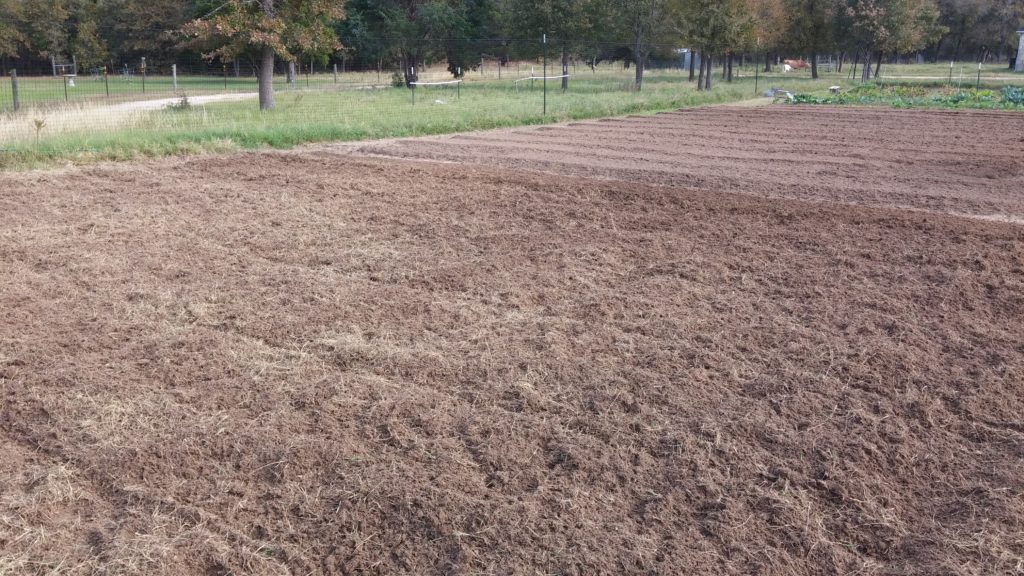
Field area fully planted, 3rd tilling to incorporate fertilizer and seed completed. Each row has a different type of seed – see table above.


